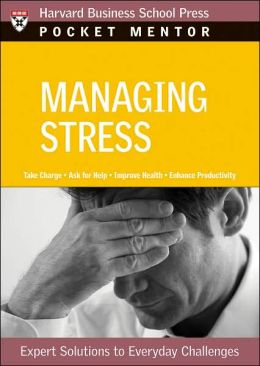Noah Levine, the founder of the Against the Stream Buddhist Meditation Society and one of my teachers, grew up with the dharma. His father, Stephen Levine, is a well-known teacher, and Buddhism was always available to him. But Noah often talks about how he didn't begin meditating seriously until he was in juvenile detention, facing prison time after a series of arrests.
Fleet Maull, an acharya in the Shambhala tradition and a close student of its founder, Chogyam Trungpa Rinpoche, talks in the film "When the Iron Bird Flies" about how we found a depth of practice he had not previously known in prison, where he spent several years on a cocaine conviction.
People don't generally start meditating if everything is right in their world. They're looking for something: Calm, peace, ease, a way to sit with intense emotions, to relate to the world with less stress.
"Hitting bottom," as they call it in AA, can be a great spur to practice. It doesn't have to mean a prison sentence, though. Buddhist nun and revered teacher Pema Chodron talks about the groundlessness she felt when her marriage ended and how that led to deeper dedication to practice.
Can it have the same effect if someone else sends you to the cushion?
The Prison Dharrma Network asks:
Can Court-Mandated Yoga and Meditation Keep Kids Out of Prison?
The Lineage Project is testing that out. It works to keep young people, ages 11 to 24, out of the juvenile/criminal justice system
through Awareness-Based
Practices, which includes yoga, meditation, and life skills
training, as a positive means of intervention. "We go inside to keep them out," its website says. The practices offer tools to decrease impulsive behaviors that lead
youth toward incarceration, prepare them to become functioning members
of society, and enable them to act as role models for other young people
in their communities.
A 60 minute Lineage class begins with an opening circle. Participants
are introduced to the theme for the day. Themes for group dialogue
focus on concepts that can be taken off the mat and applied to everyday
challenges, such as perseverance, self-acceptance, positive thinking,
courage and responsibility. A brief discussion of the theme is then
followed by teaching practical breathing and meditation techniques and
basic, fun yoga or Tai-Chi movements. The class ends with a closing
circle. Youth are encouraged to think about how the meditation and
movements they have just learned could be helpful in everyday life.
Bringing consistent attention to this level of consciousness, troubled
youth can begin to break habitual patterns of action and reaction, and
become empowered to make positive choices for their future.
I'd questioned whether meditation can work if you're sentenced to it rather than coming to it on your own since progress requires a willingness to be there. With the Lineage Project's programs, youths decide to participate; it's part of Alternatives to Incarceration and counts as an anger-management program.
And, really, can't we all use some anger-management skills? Maybe we have enough to keep us out of the court system, but we all get taken prisoner by our emotions from time to time.
One participant in the Lineage Project program, Miguel, 23, from a rough section of Brooklyn, describes his experience like this:
. “It changed my life,” Miguel reflected enthusiastically. After the
first class he remembers, “I never thought I could feel what I felt
afterwards.” The class “released a lot of tension in my body. It helped
me tune into myself, changed my awareness of my surroundings. I felt as
if I had finally come home.”
You don't need to facing prison to see the benefit in that.





